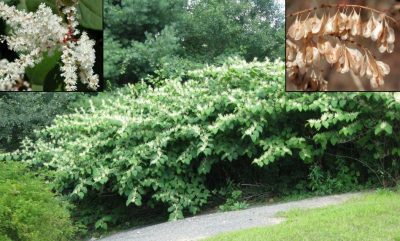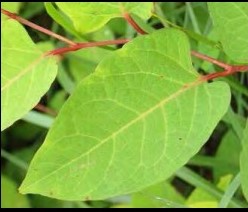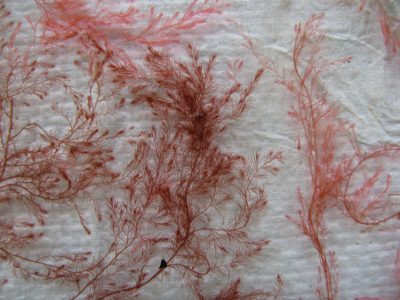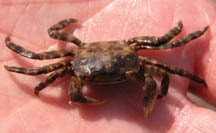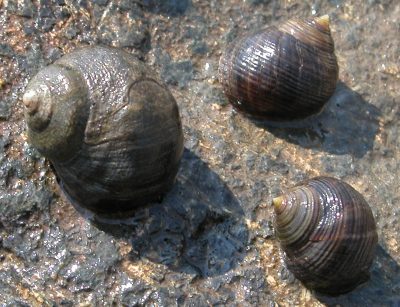Terrestrial and Freshwater Invasive Plants
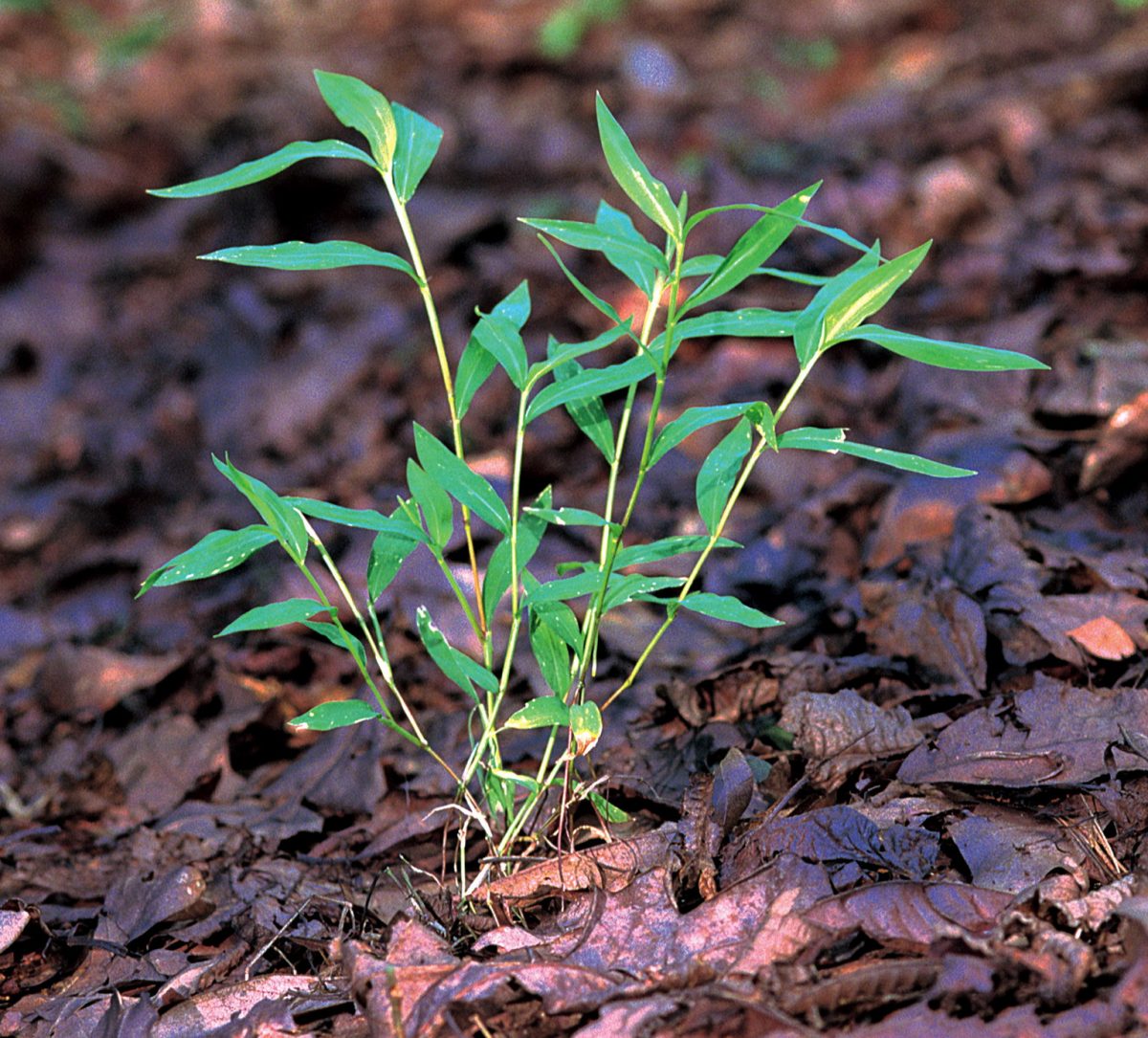
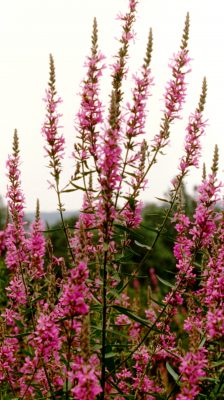
Land use change and travel have provided opportunities for colonization by non-native plants in the United States. Changes in land cover have created openings and disturbances in many habitats such as forests, wetlands and grasslands. Travel and the importation of goods provides avenues for seeds and plants to colonize new locations. While many of the plant species brought in by colonists have become important crops, others have become invasive species. Numerous non-native plant species have entered the United States through ship ballast and packaging of goods. For example, Japanese stiltgrass (Microstegium vimineum), a plant listed as invasive in Connecticut, was first documented in North America in 1919. It was thought to have been introduced through shipments of Chinese porcelain in which Japanese stiltgrass plants were commonly used as packing material. Another invasive plant example is purple loosestrife (Lythrum salicaria), a wetland plant that can rapidly outcompete native plants. A Eurasian native, purple loosestrife is thought to have been brought to North America through multiple avenues including accidental inclusion in ship ballast, for medicinal purposes and as an ornamental plant.
Other common invasive plants include common reed (Phragmites australis ssp australis), though interestingly, a native subspecies occurs in Connecticut (Phragmites austalis ssp americanus) and Japanese knotweed (Fallopia japonica) which can grow in a multitude of habitats.
See this fact sheet to learn how to differentiate the two subspecies of Phragmites.
Control measures for invasive plant species depend on many factors including the species, where it is growing, the level of infestation and the desires of the property owner. Herbicides (both synthetic and organic), mechanical means such as repeated mowing or hand pulling and biological controls can all be effective measures. Often multiple methods are used for control.
Climate change is now a factor in the potential introduction of new invasive plants to our region. As air and water temperatures warm and winters become milder, species ranges are changing. The State of Connecticut has an invasive plant council which maintains a list of invasive and potentially invasive plant species. This list is periodically updated, and it is critical to maintain awareness of new plant species’ establishment.
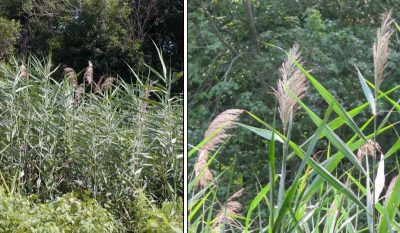
Marine Invasive Species
Long Island Sound is the adopted home of many invasive, non-native species. European green crabs (Carcinus maenus) and common periwinkles (Littorina littorea) were introduced in the 1800s. The Asian shore crab (Hemigrapsus sanguineus) appeared in Long Island Sound in 1993, becoming the dominant intertidal crustacean and displacing both native and non-native crab species. Non-native marine tunicate species foul boat hulls and lines, dock pilings and some subtidal habitats. Grateloupia turuturu and Heterosiphonia japonica are invasive red seaweeds. The latter can bury beaches with smelly, decaying piles in late summer, creating problems for managers and beachgoers. Sightings of Chinese mitten crabs (Eriocheir sinensis) should be reported immediately to CT DEEP Marine Fisheries (david.molnar@ct.gov).
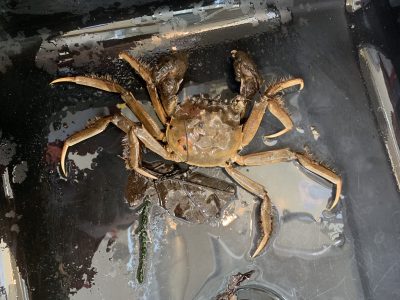
What is an invasive species?
According to U.S. Executive Order 13112, an invasive species is one that is:
- non-native (or alien) to the ecosystem under consideration, and
- a species that causes or is likely to cause economic harm, environmental harm or harm to human health by its introduction.
Resource Links:
- USDA invasive species website: https://www.invasivespeciesinfo.gov/
- Northeast Aquatic Nuisance Species Panel: https://www.northeastans.org/index.php/home-page/member-states-and-provinces/connecticut/
- Lower Connecticut River Valley invasive aquatic plants initiative: https://www.rivercog.org/projects/invasives-plants-initiative/
- CT DEEP: https://portal.ct.gov/DEEP/Invasive-Species/Invasive-Species
- CT Agricultural Experiment Station: https://portal.ct.gov/caes/oais/office-of-aquatic-invasive-species
For more information, contact:
Plants only: Juliana Barrett
Nancy Balcom (Associate Director, Extension Program Leader)
Publications:
View our invasive species publications.
